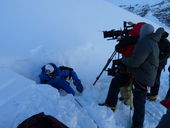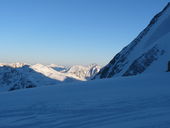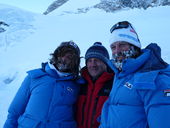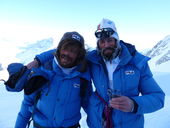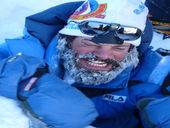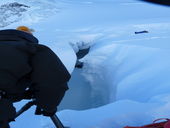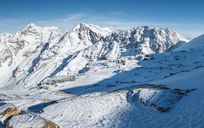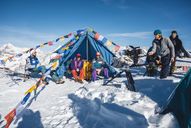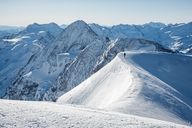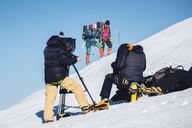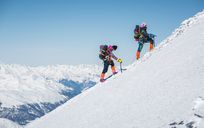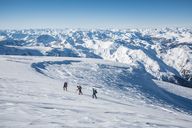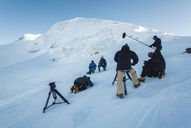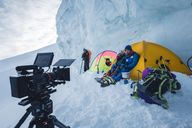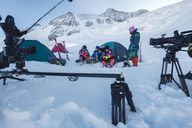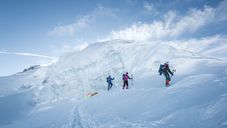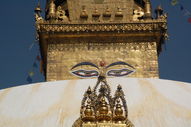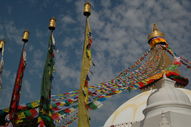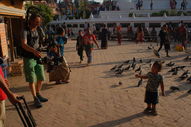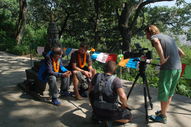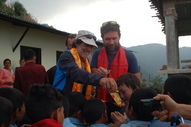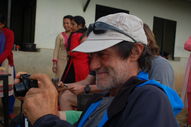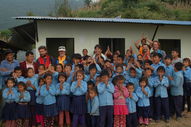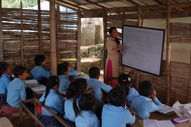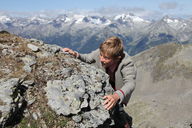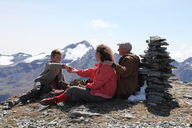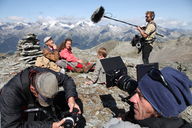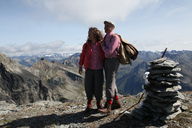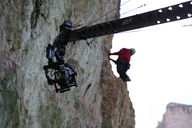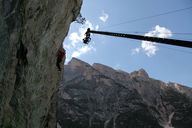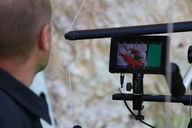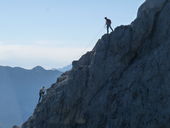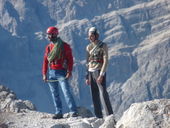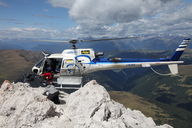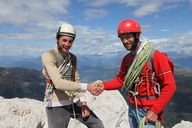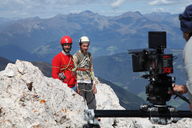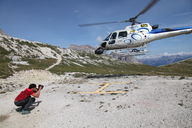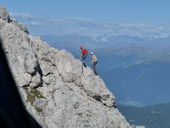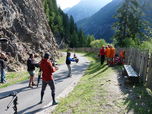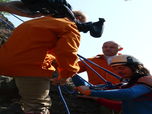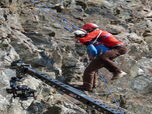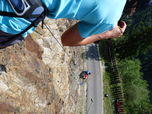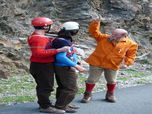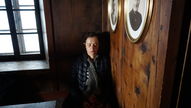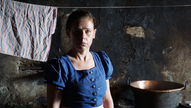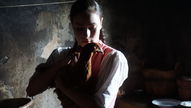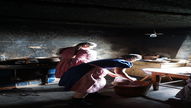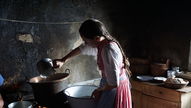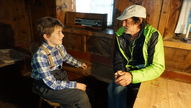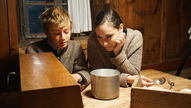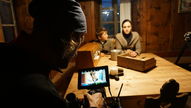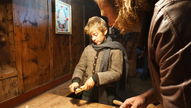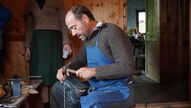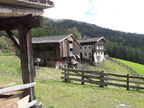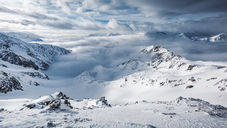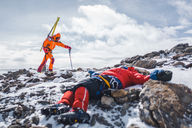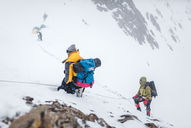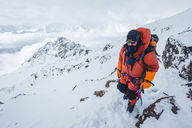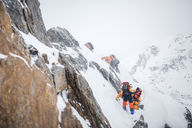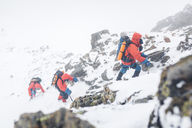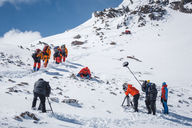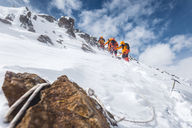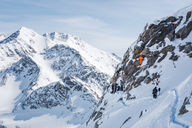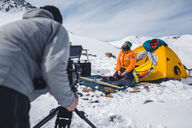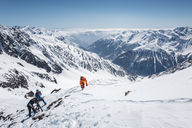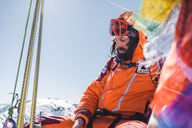Shooting Reenactment Gasherbrum 1984: Sulden am Ortler
The traverse of 2 eight-thousanders without returning to the base camp is one of the toughest tours that has been conducted to date. Messner and Kammerlander spent 8 days in the death zone. As the base camp, after successfully crossing of the summit, was already in sight, Kammerlander narrowly escaped death after falling into a crevasse. The actor Michael Kuglitsch faced the challenge and did not need a double for this scene.
Shooting Reenactment Manaslu 1991: Sulden am Ortler
On May 10, Hans Kammerlander, Friedl Mutschlechner and Carlo Großrubatscher were only 1,000 meters below the summit when the tragedy took its course. Capricious weather and expiring permits to climb the mountain put the 3 under pressure to start the summit attempt. Großrubatscher and Mutschlechner returned prematurely. Eventually, also Kammerlander had to return due to the storm at the summit ridge. Near the last high altitude camp, Mutschlechner and Kammerlander found their partner Carlo Großrubatscher with a broken neck. This misfortune is for both inexplicable. The highly charged atmosphere caused by the soot particles from the Gulf War confronted Mutschlechner and Kammerlander with a thunderstorm at 7000 meters, which should have not happened. Out of nowhere Friedl Mutschlechner was struck by lightning. In shock and with his last strength, Hans fought his way back to the first high altitude camp. Alone and close to madness, he survived the night. He could never process the trauma and the incidents until his return to Manaslu 2017.
Shooting Expedition Manaslu 2017: Kathmandu
Impressions of the first days of our team in Kathmandu. Visiting a school on the hills of the city. One of the aid projects of Stephan Keck. On 21 October starts the expedition to the Manaslu, the last great adventure, organized by Alpinist Expeditions.
The film shows more than just mountain adventures. Fascinating stories about countries and people offer new insights also to an audience which is not involved in mountaineering. For example, the story about the South Tyrolean "light catcher" Kurt Moser who used an old technique, which was at the origin of photography, to capture pictures on silver-plated glass plates. Each image is a unique copy of humans or landscapes.
The young Kammerlander gets stuck at the crux of the Messner route. He cannot climb further nor back. The blood stagnates under his fingertips; his energy begins to vanish. A carabiner, which he carries as a key chain, saved him from falling down. He puts the hook on a rock ledge, grasps it with two fingers, and hangs his life on it.
After his first climbing course, the 15-year-old Hans climbs with his brother Alois through the furious north face. His childish apprehension from the end of the world behind the Peitlerkofel disappears. The view from the summit is breathtaking! In the distance, he sees his home village and countless new destinations.
The 21-year-old Hans Kammerlander passes his mountain guide examination with bravura. However, bookings for a tour with him did not occur. Then, one day, a call: Hans receives the offer to work as a mountain guide in the alpine school of South Tyrol founded by Reinhold Messner. Hans accepts.
In the winter of 1963, Hans, without realizing it, has his formative experience. 3 fearless Saxons started to climb the partly overhanging north wall of the peak Große Zinne (“big peak”). Their goal: the Super-Direttissima. Every evening Hans sits with the family in front of the radio and hears the latest news about the adventurers.
Dreharbeiten Reenactment "Everest 1996" im Schnalstal
"The most intense hours I have ever experienced were on the skis down from the summit of Mount Everest."
Long before the so-called speed mountaineering became a discipline of its own and an end in itself for the best alpinists and climbers, in 1996 Hans Kammerlander achieved a performance that has not been undercut until today. The fastest ascent of the northern route on Mount Everest. Hans Kammerlander had a completely new tactic for this project: consistent high speed, no carrying up of safety: no tent, no sleeping bag, no cooker, no bivouac equipment, no food, no rope, not even an ice pick.
Bad omens, such as the deaths of three Indians who ran out of oxygen, and the death of an Austrian who died of altitude sickness, could not stop him because he was convinced of his mountaineering style and was in the shape of his life. The record for the fastest climb of the northern route on Everest in just 17 hours has not been undercut until today. At the summit, he briefly considered whether this achievement would not already be enough, but he decided to realize his childhood dream and skied down the roof of the world as the first person in the world.
